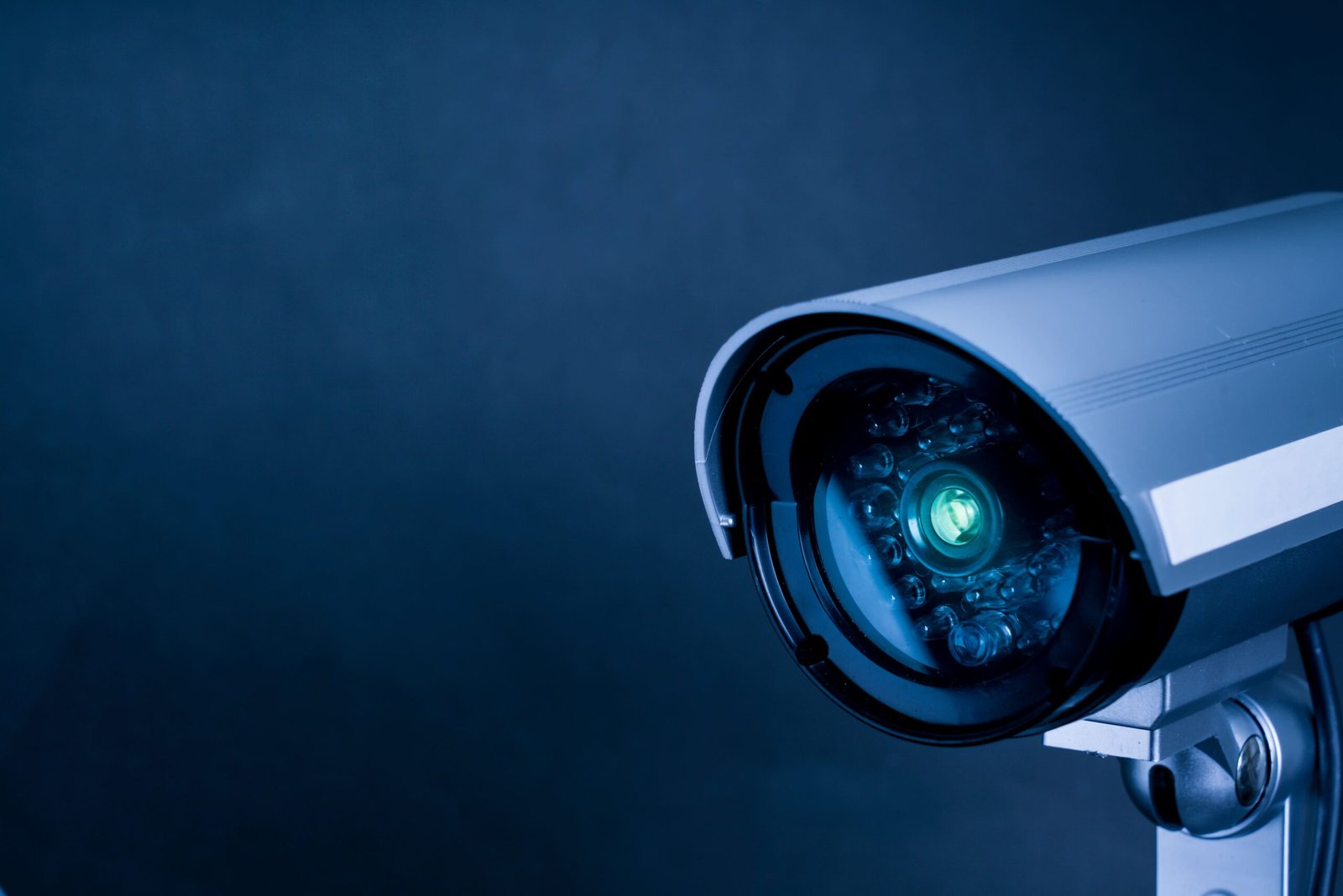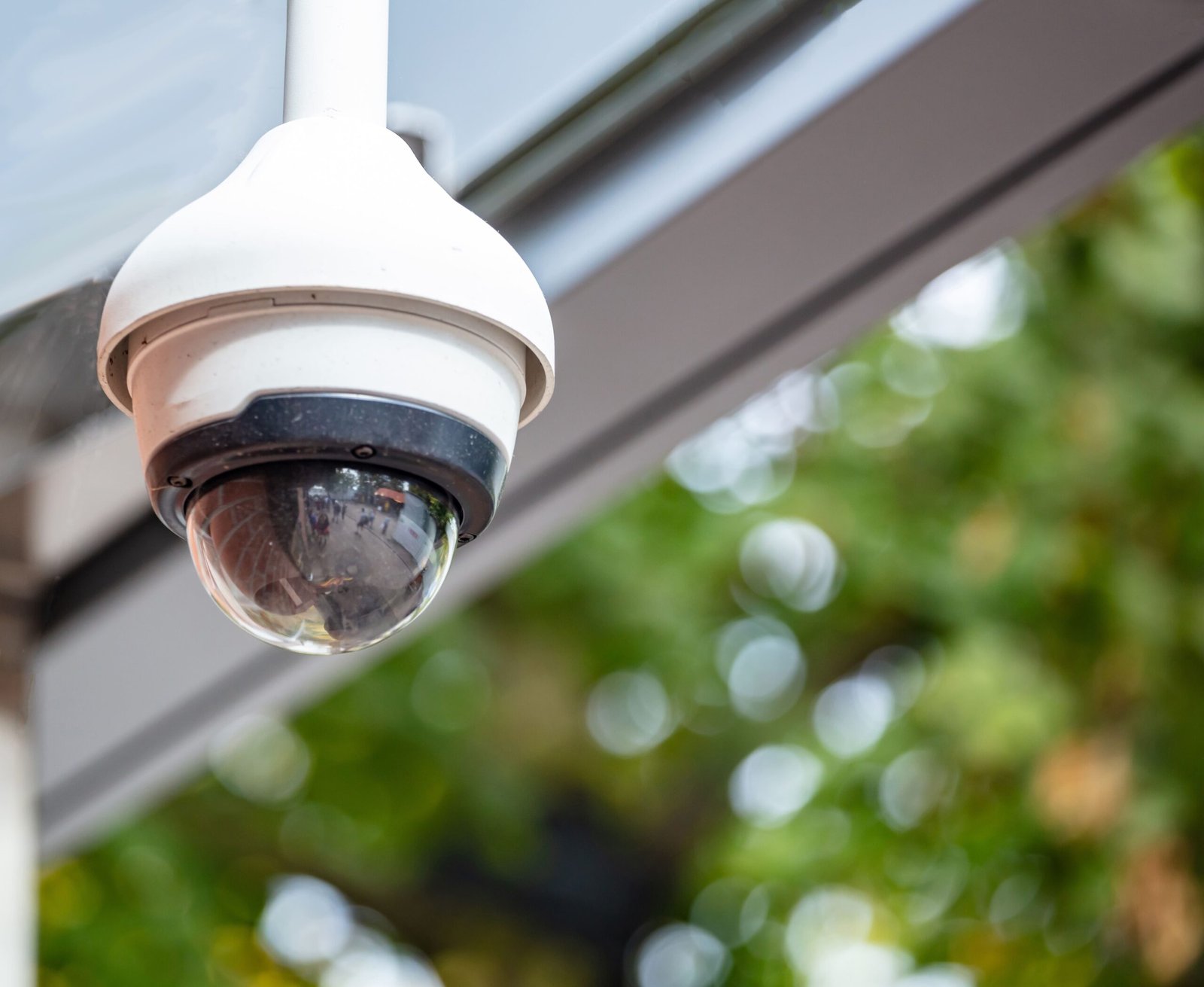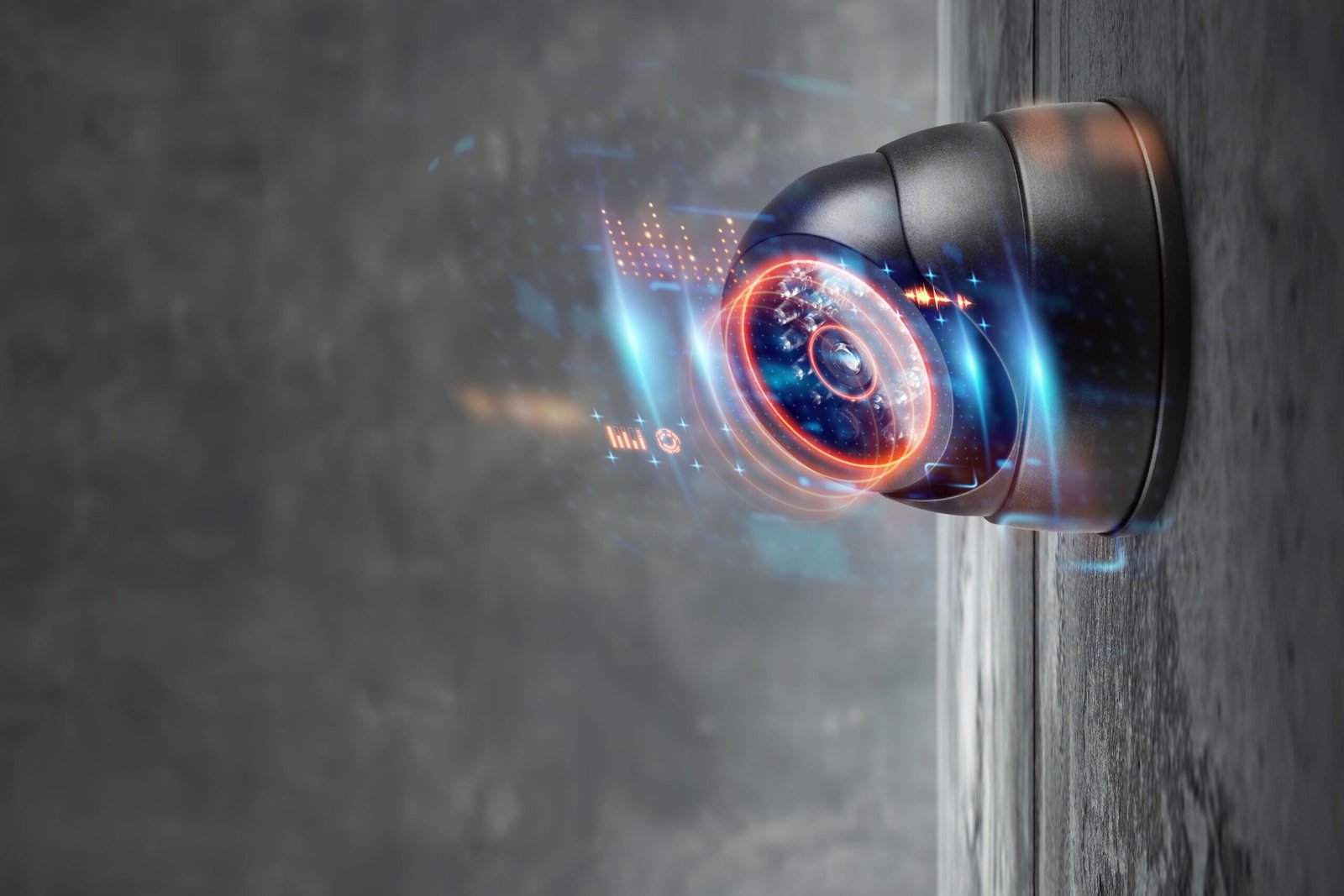In this blog, we discuss the essential thing to selecting a CCTV camera for the home and
office. Choosing CCTV cameras, you need to consider the lens’s size and wide-angle angle,
the capacity of memory to store data, and many more.– IRIS FIRE AND SOLUTION
1. Buy Genuine Quality
Make sure you purchase the highest price-to-quality CCTV security camera in your personal or professional budget. It is always better to buy a superior quality system. This small, affordable system lets the addition of additional cameras in the future, rather than purchase an
unbranded camera which can lead to buyers’ regret.
2. Check the Warranty of the Product
Small retailers that sell unbranded cameras will only provide the statutory six-month warranty, and you could have to fight if the camera fails within the timeframe. A reputable and reliable security firm will offer CCTV cameras with an extended warranty of 1 year or more and the option of self-installation or even an experienced installation service.
3. Camera Capabilities and Video Quality
For every millimeter in lens length, the rule of thumb is is how far from the camera can see its target (focal length). The size of an angle lens determines the field of view and reduces the focal length/distance as the angle becomes bigger. For instance, a primary 60-degree wide-angle 4mm lens can effectively locate a person or a human in up to 4 meters. However, it will not have the distance to see a neighbor’s property
either to its left or right. With the size of the lens increasing, the area of view to the right and left will shrink, and the distance that human targets are often recognized will increase. Cameras come in a variety of storage sizes, starting from 1TB. The storage capacity can be
expanded through additional hard drives or other network-connected storage devices with an unlimited capacity.
4. Camera Type According to Needs
There are three types of CCTV surveillance cameras available today, ranging from affordable analog cameras for entry-level use to HD (High Definition) and IP (i.e., Internet Protocol) cameras on the marketplace. Thankfully, the cost of cameras has fallen significantly due to
the rapid advancement of technology. This has brought entry-level HD and IP cameras to the level of the home and a small budget for medium to large size businesses.
5. Comparing Analogue, HD, Or IP Cameras
Deciding whether to purchase cheaper or more cost-effective primary analog cameras or whether you should choose HD as well as IP cameras, relies on the image quality picture you’re looking for and your current and long-term security requirements. An analog camera of essential quality provides an image with a shallow resolution that is suitable for detecting people and observing areas. An HD or High Definition camera gives a crisp, high-quality, and good image suitable for identifying numbers, as well as characters, or the recording of evidence for another legal purpose. Higher resolutions offer an enhanced image and allow users to zoom in and out digitally while retaining the image quality to locate specific objects and information such as the number plate. The benefit when zooming is this information is usually shared with police investigators and security companies. CCTV security cameras are connected to your company or home network to notify you of a security breach and transmit information such as images to the security provider’s control center using broadband connections, such as the wireless network, GSM, or ADSL. The possibility of detecting breaches is by passives in the outdoor and beams connected to the
camera in the home or office alarm system. Small and medium-sized companies typically opt for high-end Turbo HD cameras and entry-level IP cameras.
6. Identify The Best Camera Position
The location you choose to place your cameras first will depend on the terrain of your business or home property and your security requirements. The majority of the time, the first camera is set in an area near the front gate or entrance to collect information on vehicles and
people passing through. There are additional cameras to guard against “weak spots”. For instance, in the back wall, parallel to an alleyway, or in the darkest part of your home. Ideally, having all the perimeter of your home with surveillance cameras will provide the security of an alarm system that is alerted if the security camera has been linked to beams from outside and can look into security issues without looking through windows.
7. Consider Need For Support Lighting
CCTV cameras can record color during the daytime; however, at night, if no support lighting is in place and they are set to shift to white and black. It is essential to provide support lighting for outdoor areas, such as an LED lamp for color definition. A convincing intelligence report is often written down, which describes such things as the colors of vehicles or the clothes of intrusion suspects. Security cameras with low light that do not require lighting support are, in fact, readily available. However, they are more costly, making it economical to utilize lighting.
8. Ask A Security Professional For Advice
Before choosing the CCTV security camera for your home or business, take advice from a security expert. They can examine your home and show the recorded footage of different types of cameras. This can give you a complete picture of what’s available in price and quality before purchasing.









